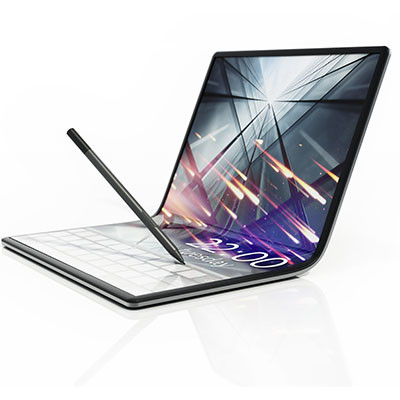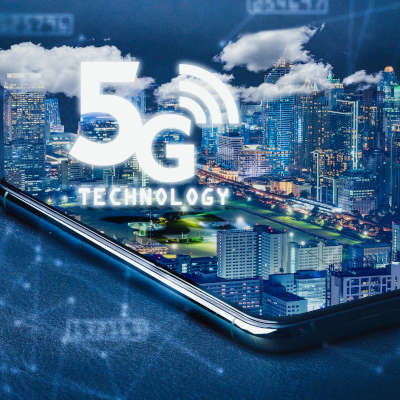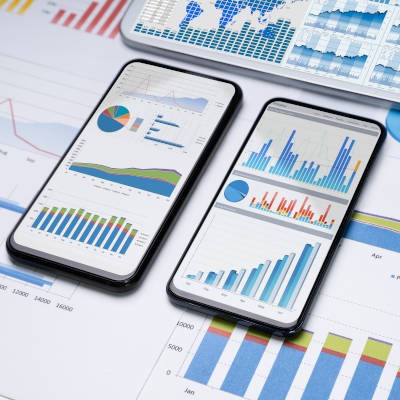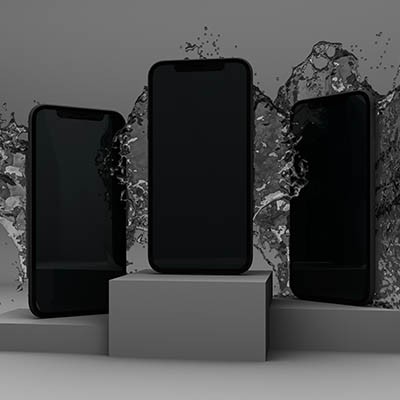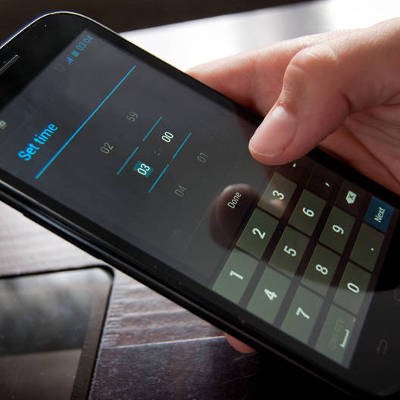BNMC Blog
For years now, cybersecurity experts have reiterated time and again that it was only a matter of time before smartphones would become a target for major cyberattacks like ransomware. The facts are that most people use smartphones and most of these devices aren’t really protected with active antivirus software. It stands to reason that ransomware is developing into a major trend in mobile cybercrime. Since ransomware is the grand-daddy of threats, keeping it off your systems is essential.
With so many employees still working remotely, it’s easy to see how lost or stolen devices can create problems for your business. Therefore, like any security issue, it is critical to take it seriously before it happens rather than react to it as it occurs. Here are four preventative measures you can take today to decrease the odds of a lost or stolen device becoming a major problem for your business.
With so many costs of running a company, business owners have a lot to consider, especially when it comes to mobile devices and other remote technology. Many are opting to allow their employees to bring their own devices to the workplace in an attempt to save on these costs. While this practice can be an incredible benefit for some organizations, it also presents a considerable risk to those who don’t actively manage potential problems.
It’s not a secret that we spend too much time on our phones, sitting in front of the computer or television, or just looking at screens in general. You don’t have to go out of your way to find commentary on the subject. What you might find interesting is that there have been an increasing number of studies that have consistently shown that the amount of notifications a person receives is directly related to their productivity; or, lack thereof.
The fifth generation of wireless communications—5G—has been hotly anticipated, already appearing in advertisements for cellular connectivity and set to expand the potential of automated processes. One particularly pertinent application is to the smart devices and services that make up the Internet of Things. Let’s consider where 5G currently stands, and how its capabilities could impact the IoT.
For millions of people their phone is their most important device. In fact, many people do their computing exclusively on their smartphones. Today, the best devices give people the option to do anything they need to do from the palm of their hand. Let’s take a look at some of the best smartphones available to consumers today.
A smartphone can easily be a very powerful productivity tool, but if you aren’t careful, it can be an equally large distraction in the office. With the right tweaks, you can make one option more likely. Here, we’re sharing a few tips to help you make these tweaks and turn your smartphone into a productivity machine.
The smartphone has come to define computing in recent years. With this new role, public demand for more powerful and useful hardware persists in every market. As the calendar turns to 2020, the flagship phones offer a computing experience that is remarkable. Today, we take a look at a few of the best options you will find, and provide you with their specifications.
Before we roll out the list, we want to be transparent. We don’t have a horse in this race. Any manufacturer’s flagship smartphone will be more than enough for the lion’s share of things it’s needed for. Regardless who makes your smartphone, the important part is to get one that will sufficiently handle the applications, storage, and action you will need it for.
Smartphones are a big part of modern society. Just go to any place where people congregate and look around, you’ll see what we are talking about. Businesses have finally begun to realize that they can’t do anything about people bringing their smartphones into the office, so they have instead begun to alter their strategies on how to manage these devices. Let’s take a brief look at the modern smartphone and see just how much people are depending on their mobile devices.
The smartphone has quickly become a staple in modern society, as users rely on them to accomplish more and more. You could probably say the same of your own use of it. This means that there are not only huge amounts of smartphones and smartphone users, there is a huge amount of threats out there to target them.
As the world’s top telecom supplier and a major phone manufacturer, Huawei has been placed in a precarious situation due to its close ties with China’s government. In response to potential spying allegations, many countries have banned the use of the Chinese company’s networking equipment, throwing a wrench in the manufacturer’s plans to become an even bigger global force in the telecom industry.
Nowadays, it’s odder not to utilize technology in the office environment. This, if anything, only makes it more important for you to embrace the proper technology that matches your office’s approach to the responsibilities and tasks of every day. For this week’s tip, we’ll look at a few reasons why you may want to make laptops the office’s standardized device.
The smartphone market is kind of a paradox. Here you have quite a few major manufacturers producing phones in a market that has seen a seven percent decline over the past year and a decline for each of the past four fiscal quarters. It’s true that some of the companies that we’ve all been used to: HTC, Nokia, and Blackberry are bit players in a market that is dominated largely by Samsung, Apple, and companies that sell their products to developing mobile markets.
One of the biggest benefits of mobile data is how useful it is to business users for networking and productivity while they’re on-the-go. However, one of the biggest drawbacks to mobile data is how easy it is to use up while networking and being productive, and how expensive this can be. Fortunately, there are some ways to reduce the amount of data an Android device uses, as we’ll discuss in this tip.
There is a lot of demand for perfected wireless charging. If this could happen, it’s possible to think about a world where no devices ever ran out of juice. Though there is a major push to make this happen, it’s clear that there are some people out there who don’t think that wireless charging will have as drastic an effect as it would seem.
There is no understating the importance of strong, reliable passwords to your organization’s network security, especially to protect its wireless connection. However, this can create some friction with your staff when they try to connect to Wi-Fi using their mobile device. To make accessing the Internet easier, scannable QR codes can be used to connect to the Internet.
Mobile devices are so common nowadays that you’ll likely encounter your employees bringing multiple devices to the office on a regular basis. Little do they know that everything they bring with them, from their Fitbit to their laptop, poses a security threat. Of course, the threat level from each individual device will depend on what it is exactly, but the point stands that the less you do about mobile device security now, the more danger your organization will be in down the road.
Today, perhaps now more than ever before, technology is making strides toward making its users consider ways to stay healthier. Wearables are one of the primary examples of how technology is aiming to make users both more active and more interested about their own health. At 2018’s Consumer Electronics Show in Las Vegas, Nevada, this technology was front and center, showcasing how far it has come in just a year’s time.
Considering how often smartphones are replaced, you’re bound to have a couple of them stashed away for a rainy day. These devices are particularly helpful in the event that your smartphone breaks unexpectedly, but there are other purposes that you might want to keep in mind. Here are three ways you might be able to use your old mobile devices around the office.


